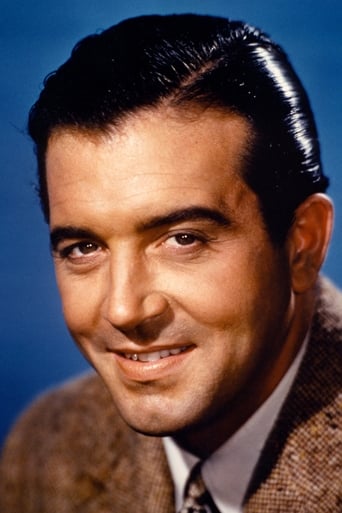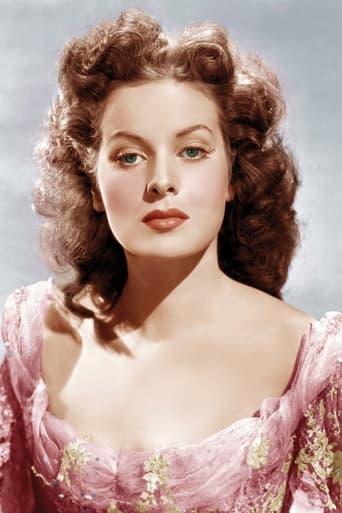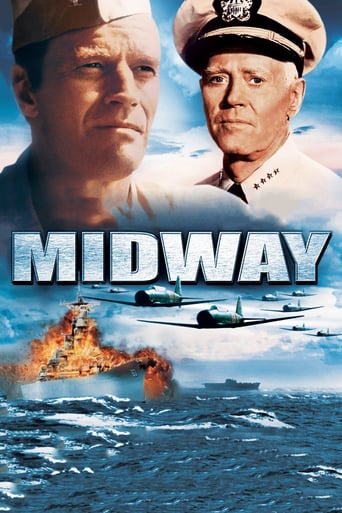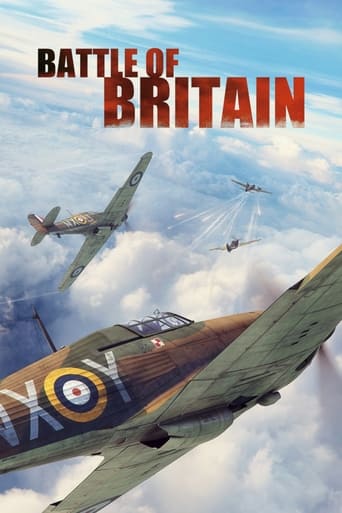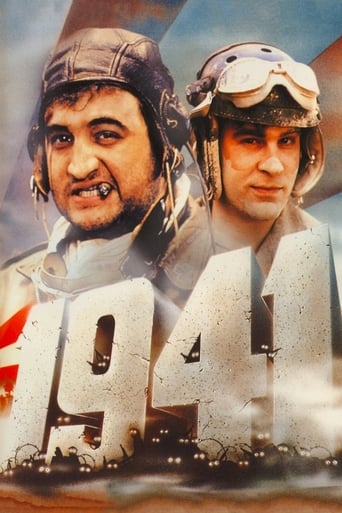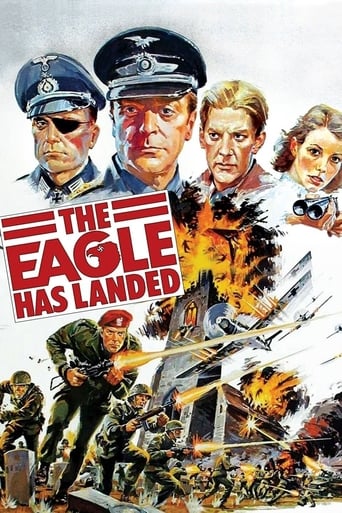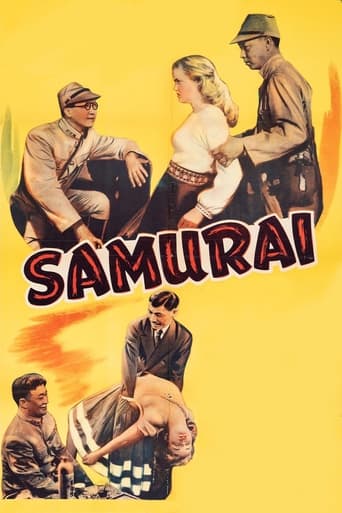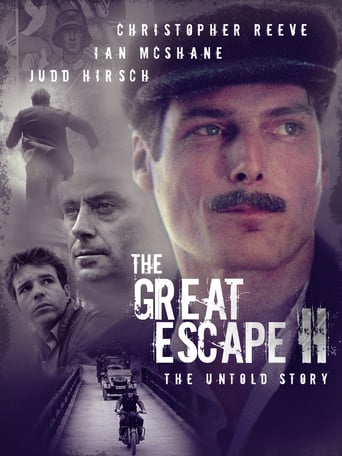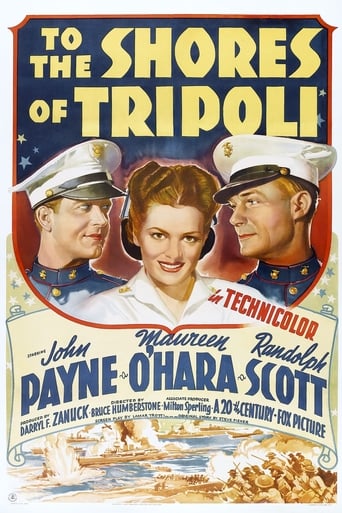
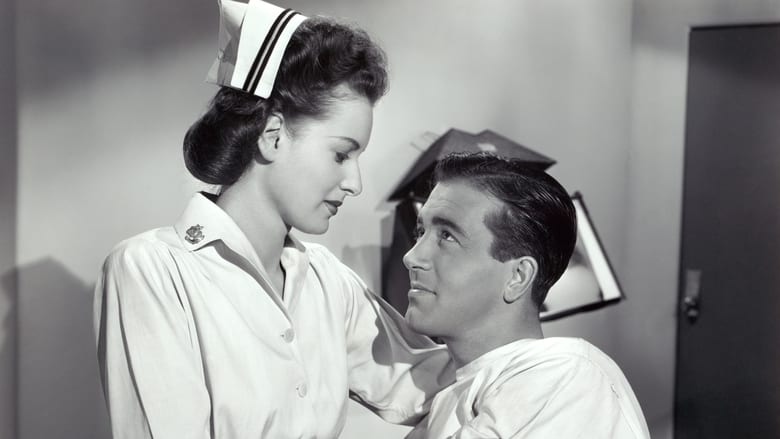
To the Shores of Tripoli (1942)
Chronicle of a spoiled rich boy who joins the Marines with an off-handed attitude and finally becomes a battle-wise soldier.
Watch Trailer
Cast
Similar titles
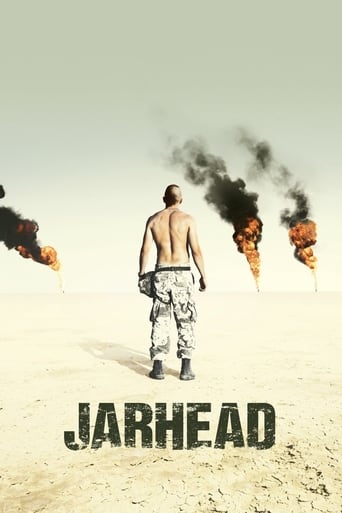
Reviews
Absolutely the worst movie.
The performances transcend the film's tropes, grounding it in characters that feel more complete than this subgenre often produces.
Like the great film, it's made with a great deal of visible affection both in front of and behind the camera.
The movie's not perfect, but it sticks the landing of its message. It was engaging - thrilling at times - and I personally thought it was a great time.
"To the Shores of Tripoli" is light drama/comedy about new Marine recruits going through boot camp in the 1940's. This movie is made to look like a Twentieth Century Fox musical. There is too much color in the movie. It makes the story look less real. The colors are too bold and bright. You don't see any war scenes, just training scenes. Of course, there is a spoiled, rich Marine recruit (John Payne) in love with two women (Maureen O'Hara and Nancy Kelly), who wants to get out of the Marine Corp. Randolph Scott, who plays the drill sergeant, has the best role in the movie. He trains the recruits and tries to convince John Payne to stay in the Marine Corp. This is a terrific recruiting movie. It is fun to watch. A bit of trivia: both actors have worked with both actresses several times. John Payne made five movies with Maureen O'Hara,and Randolph Scott made three movies with Nancy Kelly. The supporting cast is full of recognizable faces of the 1940's. Only Harry Morgan is known by name because of his fame from television.
I just saw "To the Shores of Tripoli" recently and was very disappointed. I expected a blood and guts war movie, but what I got was essentially a U.S. Marine recruitment film. Set just prior to the U.S. entry into WWII, it tells the story of womanizing playboy Chris Waters (John Payne) who is sent by his father to enlist in the marines. He reports to his father's old sergeant Dixie Walker (Randolph Scott) with instructions "to make him into a man". The wise old sergeant see some potential in his charge but the two clash repeatedly. Into the mix comes Nurse Mary Carter (Maureen O'Hara) whom Carter tries to woo. That's it. 20th Century Fox under Producer Darryl F. Zanuck seems to have lavished a large budget complete with technicolor on this picture. Color films of the time were rare and were usually reserved for big budget musicals. The so-called marine training we see is restricted to close order drills with little action to boot. There's a brief fight between Payne and Scott and a sequence involving navy target shooting. The rest of it concentrates on the interplay between the three stars and little else. The best thing about this movie is a chance to catch the timeless beauty of Maureen O'Hara. Yet to acquire her trademark flaming red hair, she is nonetheless breathtaking in glorious technicolor. Payne and Scott are totally miscast. Payne is not very convincing as a rich kid playboy and Scott, who was more at home in the saddle, simply is not my vision of a sadistic drill sergeant. He did do better though, in 1943's "Gung Ho". There are some other recognizable faces in the cast. Elena Verdugo has a nice bit as a Spanish dancer. Very young Harry Morgan and Alan Hale Jr. play members of Payne's unit, Stanley Andrews plays a doctor, Hugh Beaumont an orderly, Frank Coglan Jr. a bell boy, Gordon Jones an MP and Walter Sande a pharmacist. I don't know this for a fact, but it looks like the film was conceived and made prior to Pearl Harbor and that the "boys go to war ending" was tacked on after the fact. Should have been better.
While the story line is only so-so, the list of stars is quite impressive. The really special part of this movie is the exposure that the Marines in San Diego had to so many of the stars of the day. My father's unit (he was a DI) was used to film the movie. When you see Randolph Scott drilling his men, the close-ups are of Mr. Scott - the far off shots are of my father. My father also appears as an extra in other shots - the most noticeable being the scene where the men are all sitting in the bleachers. The really memorable aspect (and hopefully not TOO sentimental) of all this centers around the fact that this is the only record I have of my father in a "moving picture" (He died in 1952 when I was 3 years old, and the only pictures I have of him are still shots).Additionally, I fondly remember a large autographed picture by Randolph Scott inscribed to my father and the men in the unit - sitting in front of the men are Mr. Scott and my father, both wearing their round DI hats. This picture was also very special to all of us children. Therefore, this movie, while never going down as one of the great ones, will always have a very special place in my heart. It also gives me a better appreciation of movie "extras" and makes me wonder, "who are they and whatever happened to them"!
This film was, oddly enough, in the "war" section of the local video store. Mighty strange, considering the most violent scene involves removing adhesive tape from an amorous Marine recruit (played by John Payne, who appears to have his right eyebrow permanently cocked in a leering question mark). The plot is a tired one - a nonconformist recruit butts heads with the tough-but-caring sergeant who must make him into a Marine. Maureen O'Hara has the thankless task of playing the love interest in the movie - a nurse who must fend off the endless (and criminal, by today's standards) amorous advances of Private Chris Winters. Dull movie, with nothing new to offer even the most diehard Randolph Scott fan.
